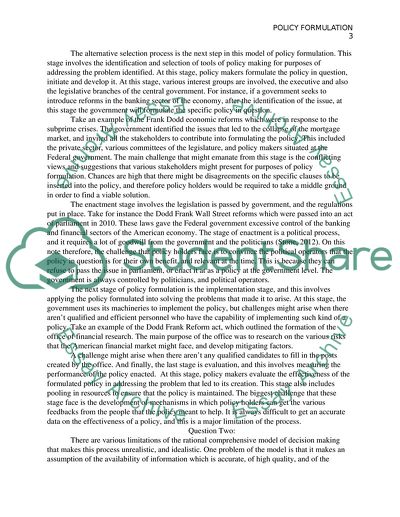Cite this document
(Policy Paradox: the Art of Political Decision Making Admission/Application Essay, n.d.)
Policy Paradox: the Art of Political Decision Making Admission/Application Essay. Retrieved from https://studentshare.org/politics/1798227-policy-analysis
Policy Paradox: the Art of Political Decision Making Admission/Application Essay. Retrieved from https://studentshare.org/politics/1798227-policy-analysis
(Policy Paradox: The Art of Political Decision Making Admission/Application Essay)
Policy Paradox: The Art of Political Decision Making Admission/Application Essay. https://studentshare.org/politics/1798227-policy-analysis.
Policy Paradox: The Art of Political Decision Making Admission/Application Essay. https://studentshare.org/politics/1798227-policy-analysis.
“Policy Paradox: The Art of Political Decision Making Admission/Application Essay”, n.d. https://studentshare.org/politics/1798227-policy-analysis.


